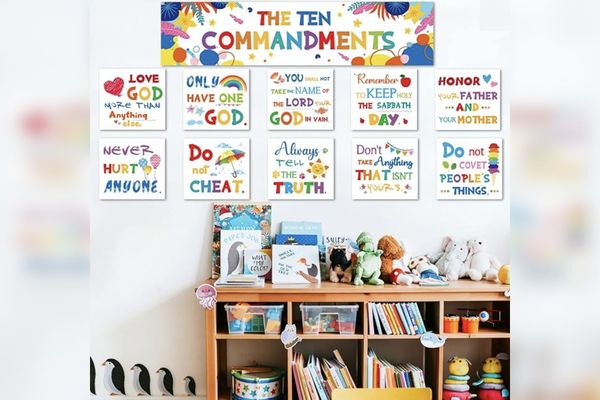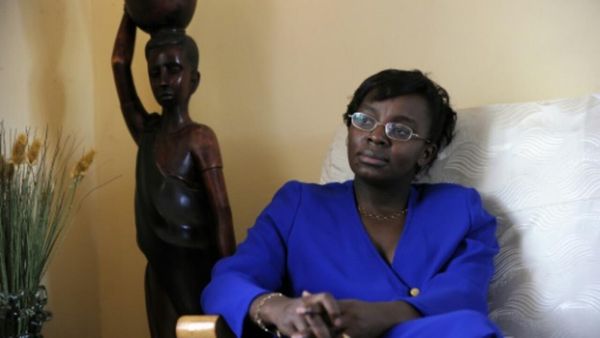South of the Circle, is a narrative adventure from BAFTA award-winning studio State of Play, available on Apple Arcade. You can play it on iPhone, iPad, iPod Touch, Mac, and Apple TV.
I had the chance to talk to John Lau, creative producer, about the game. I had thought this would be the usual kind of interview where we went through the features of the game and dug into how it looked, the story it told and new interactions it offered.
However, as you can hear in the video, our 15 minute chat soon strayed into unexpected territory. Lau started by drawing comparisons to Netflix dramas. South of the Circle is very much an interactive game experience but one that uses “full motion captured of actors and cinematic camera angles. This makes it more palatable to a non-game-playing audience.”
Could this really be true? I wondered. If it was true what would a player take away with them after playing the game? Lau was ready to meet the questions with an unexpected answer. “I’d like players to come away from the game having been more thoughtful about things like structural power, masculinity, about the ways in which their emotional responses and impulses might have an affect on the people around them.”
South of the Circle tells the story of Peter, a Cambridge academic who finds himself fighting for survival in Antarctica during the 1960’s Cold War. It draws on years of research, including a visit to Antarctica to gather research material, create sketches, take photographs, and hand-make prints.
“You can’t change the past, but we can fool ourselves into remembering it too kindly,” says a character in the game at one point. Lau said that this kind of dialogue arises from enabling the player to choose conversational paths and tone without the characters pausing and waiting for them. “We’re not cutting away from the characters, it’s one long continuous scene.”
Seeing the game, this approach reminded me of David Simon’s keeping shots “in the wide” in his shows like The Wire. In some ways it’s a ridiculous comparison that both myself and Lau laughed at. But also, there are many ways in which it holds true.
Lau expanded on this. “The comparison to The Wire could come from considerations of power. Structural power is hinted at in our story, and the way which male power is wielded unknowingly. This is a story that touches on these things in a light way, but those references are still there. It’s not as in depth, hard hitting or comprehensive as a Baltimore police drama but our hope is that it can bear a critical reading and that can generate conversation.”
At this point I was ready to stop our conversation to go and play the game for myself. Add to this some amazing performances from the likes of Gwilym Lee (Bohemian Rhapsody), Olivia Vinall (The Woman in White), Richard Goulding (Belgravia), Anton Lesser (Game of Thrones), Adrian Rawlins (Chernobyl), and Michael Fox (Downton Abbey), and this is an experience ready for a very wide audience.
What feels different about South of the Circle to other games that take on mature topics that I’ve enjoyed, is that it feels like it could take the story in any direction it wants. Even games I love, like The Last Of Us, are hampered by the need to perpetuate a central shooting mechanic or big bombastic set pieces.
The ability of South of the Circle to be understated, or to suddenly introduce a driving or exploration element because that’s what the narrative required, was refreshing and affective. Lau was keen to underline that this is potential that games have had for some time. “We are always trying to crown the Citizen Kane of video games,” he said. “But I’m more interested in discovering The Sopranos of games. The game that finally capitalises on the potential everyone knows they have had for some time.”
However, Lau suggested that this potential can be hampered by reviewing them like products. “A review is a purchasing recommendation. Broken down into a laundry list of features. What that means is that people often describe what you can do in games rather than how they make you feel. Conversations about the latter is what will bring games more fully into the cultural consciousness.”
As I write the interview up, I realise this is a good point as many of us will be publishing reviews of the game. It’s not wrong to review games like this, of course, but if this is the only way we talk about them we limit how people who don’t play many games will see them.
We ended our conversation sharing our hope of what games will become and what they still have to contribute. “We are all just tributaries feeding into the broader ocean of expression,”said Lau, “and that’s what South of the Circle is saying. This is something that this media could be.”







